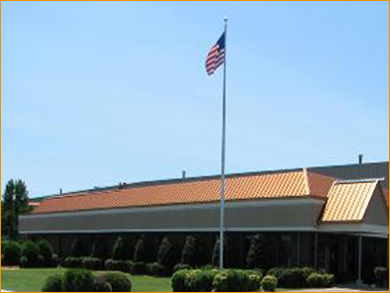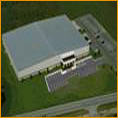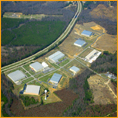2nd Quarter 2014 Hotline
Market Watch
The construction of new facilities for manufacturing and warehousing will be proportionately slower during this recovery than any previous recovery in modern times. In fact, we predict that this recovery will have as little as one-half the new square footage requirements of most recoveries.
As the national media continues to call this “a slow economic recovery”, the developers in the industrial sector are living with major seismic changes in industrial real estate needs such as: 1) While the recovery is remarkably slow, it is the most uneven in different category segments of any we can recall; 2) Manufacturing has become more automated due to the financial meltdown, and the realization that machines are cheaper than hiring new personnel is dictating smaller amounts of new square footage to be built; and, 3) Productivity is continuing to increase per worker; therefore, the square footage needs constantly are smaller due to less man power in existing facilities.
While there are many other positive factors that are affecting the growth in the manufacturing sector, it is barely offsetting the above three major points. The tremendous amount of “onshoring” that is bringing back companies and jobs to America is a big factor, but it is largely in the South. Therefore, the net construction nationally of new manufacturing space will be greatly diminished.
So, what about logistics warehouse construction? The onshoring of manufacturing and currency adjustments are producing some unusual trends in warehousing needs, also. American exports are continuing to grow overseas, and the net effect is continuously expanding the need for warehousing for exportable products. However, as the “Just in Time” manufacturing processes in America continue to improve, they create an ever-increasing velocity of turns in exportable products. The result for logistics wearhouse construction is one area of the industrial real estate market that is still expanding despite the velocity of product turns.
However, those involved in importing goods are seeing a totally different picture. The quantities of imports of products are not shrinking, but there is substantially less inclination to overstock imported goods. Therefore, the growth in this import sector is flat, and the needs for new warehousing for incoming products is practically non-existent. We believe this “flat line” will be a trend that will continue for the next decade.
While the industrial real estate market is slowly chewing up used square footage, it should be clear to developers that unless they are in a very hot market the total amount of square footage built annually for manufacturing, importing, and exporting goods will be substantially less for several years to come compared to every other recovery in recent decades.



